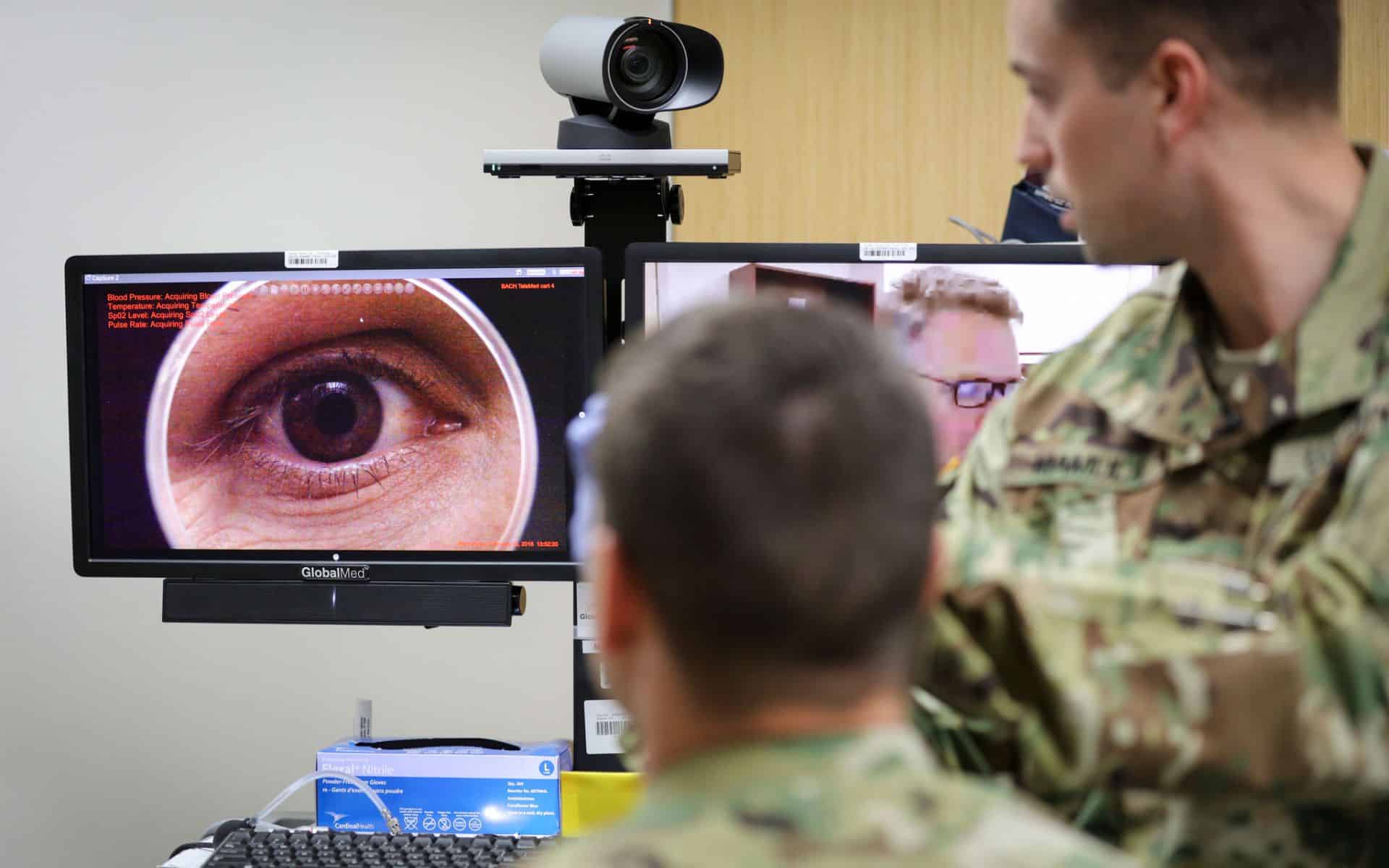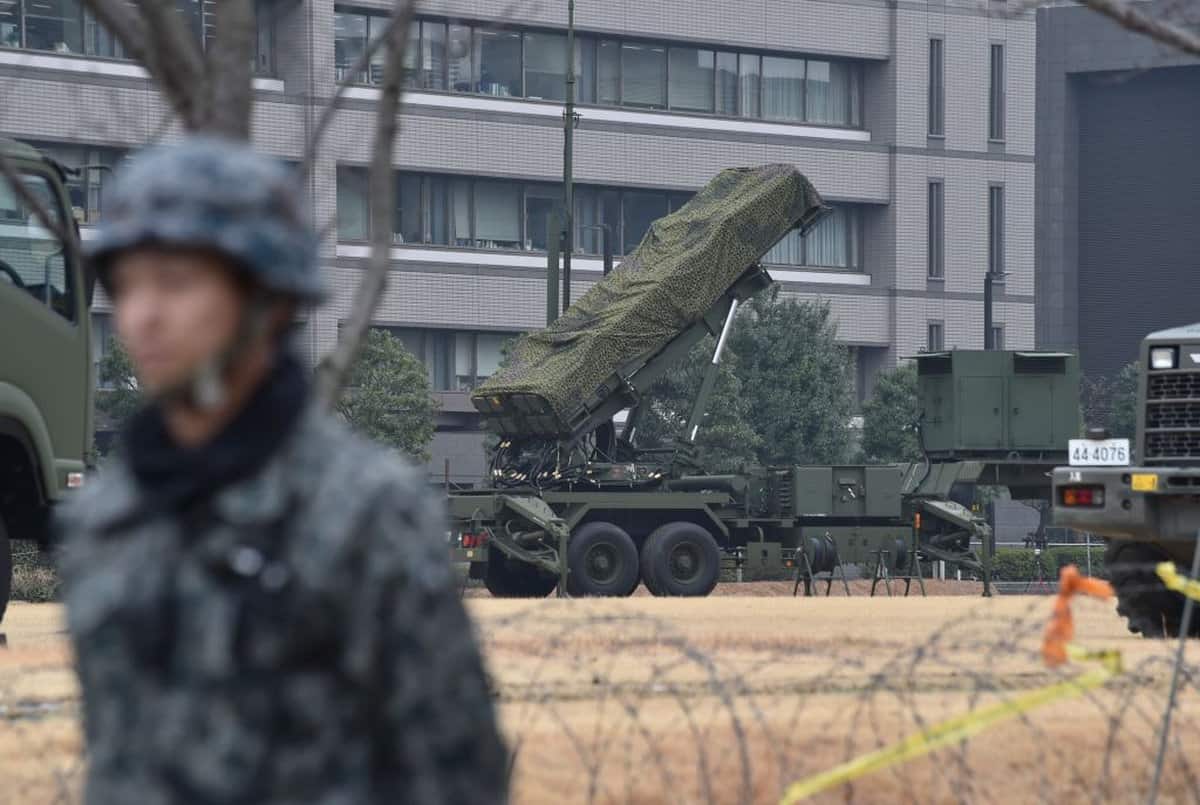WASHINGTON: In 2017, there were approximately 40,000 virtual health encounters across the Army in both deployed and garrison settings, said Dr. Colleen Rye, chief of Army Virtual Health.
That’s a big increase over previous years and the increases are expected to continue, she said.
That 40,000 does not include telepharmacies, teleradiology or secure messaging, she added, explaining that virtual health means having a doctor who specializes in something like pulmonology, hematology and psychiatry reaching out in real time to medics or other doctors or caregivers at the point of injury.
Virtual health involves use of medical devices such as electrocardiograms, glucose or blood pressure monitors and ultrasound devices that can send information to healthcare providers over the Internet, along with high-resolution video showing the patient in great detail using devices like a digital stethoscopes, otoscopes or ophthalmoscopes, Rye said.
Virtual health allows specialists to diagnose disease or injury and prescribe medication or treatment from a distance. It even allows providers to walk medics who are on-site with an injured patient through emergency surgery, Rye said. Specialists in Germany, Washington state and Texas, for instance, could simultaneously provide healthcare assistance to a medic treating an injured Soldier in Afghanistan.
Brig. Gen. Jeffrey Johnson, commander of Brooke Army Medical Center at Fort Sam Houston, Texas, said virtual health could be as important of a medical advancement for Soldiers as was the invention of the tourniquet.
The reason it could be so important, he said, is because Soldiers will increasingly be operating in remote areas of the world, and will be dispersed in small units, which may only have access to a medic.
Furthermore, these small units may be many hours or even days away from a medevac opportunity, particularly in combat against a near-peer adversary who dominates the air domain, or if helicopters are needed elsewhere for assault missions, he offered.
Already, Soldiers are operating in remote places like Africa and South America, he added. By the end of 2018, virtual health will be more widely available to these dispersed units in those two continents.
Since 2017, virtual health has been available to Strong Europe Soldiers in rotational units supporting NATO missions, he said. Many of the specialists for these Soldiers are at Landstuhl Regional Medical Center in Germany, “keeping folks in the fight, not having to bring them back for every medical need.”
Rye said the Army has been providing virtual health to Navy and Air Force units across the Pacific, including on 70 ships, since early 2017.
She provided details of a Special Operations Soldier in the Pacific who recently had a hand injury severe enough to require surgery, with only a medic at the point of need. Details of the location in the Pacific where the Soldier was operating are classified, so even the surgeon at Eisenhower Army Medical Center at Fort Gordon, Georgia and the nurse at Fort Campbell, Kentucky did not know where the patient was.
The surgeon and nurse walked the medic through the delicate operation, she said, noting that the hand is particularly difficult to operate on because of the many nerves in close proximity to one another.
The result of that virtual health engagement was that the Soldier’s hand was saved and today is 100 percent functional, she said.
In a home-station or combat training center setting, virtual health has delivered results that put hours or even days back into training, she said, meaning the injured Soldier doesn’t necessarily have to be evacuated to a medical treatment facility.
HISTORICAL PERSPECTIVE
Rye said the Army has been using some form of virtual health since 1992. However, that effort was relatively small and involved a lot of pilot studies.
One notable example of that effort took place in 2009, in the wake of the mass shooting at Fort Hood, Texas, she said. Psychologists and psychiatrists in Hawaii, Texas and in the Washington, D.C. region participated in virtual health consultations with some of the survivors.
Expansion of virtual health, she said, took off in 2010. That’s also the year her office was stood up and virtual health became institutionalized.











